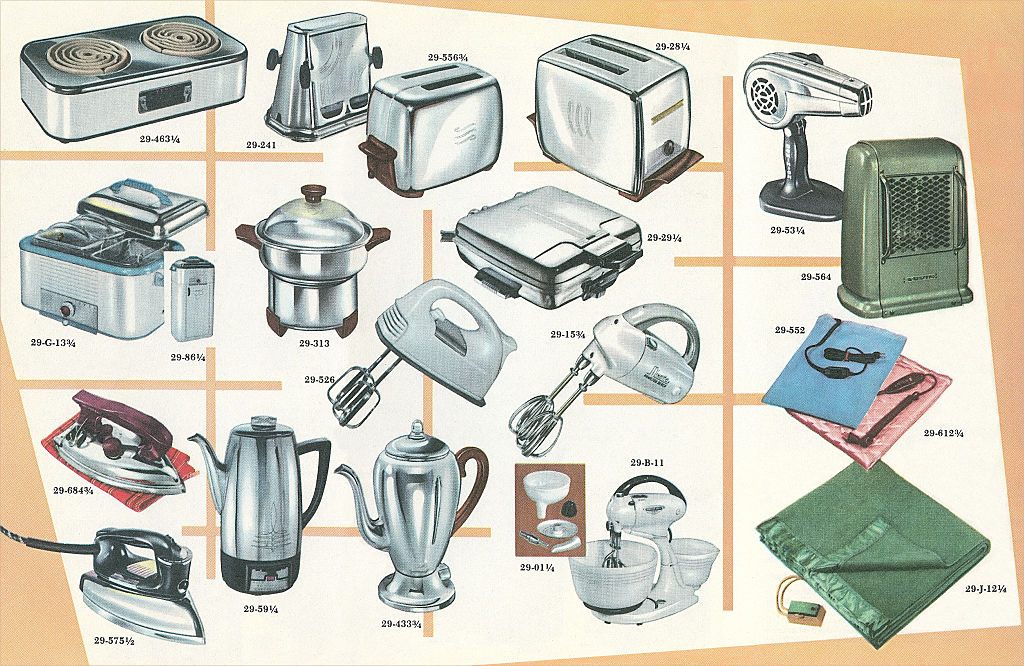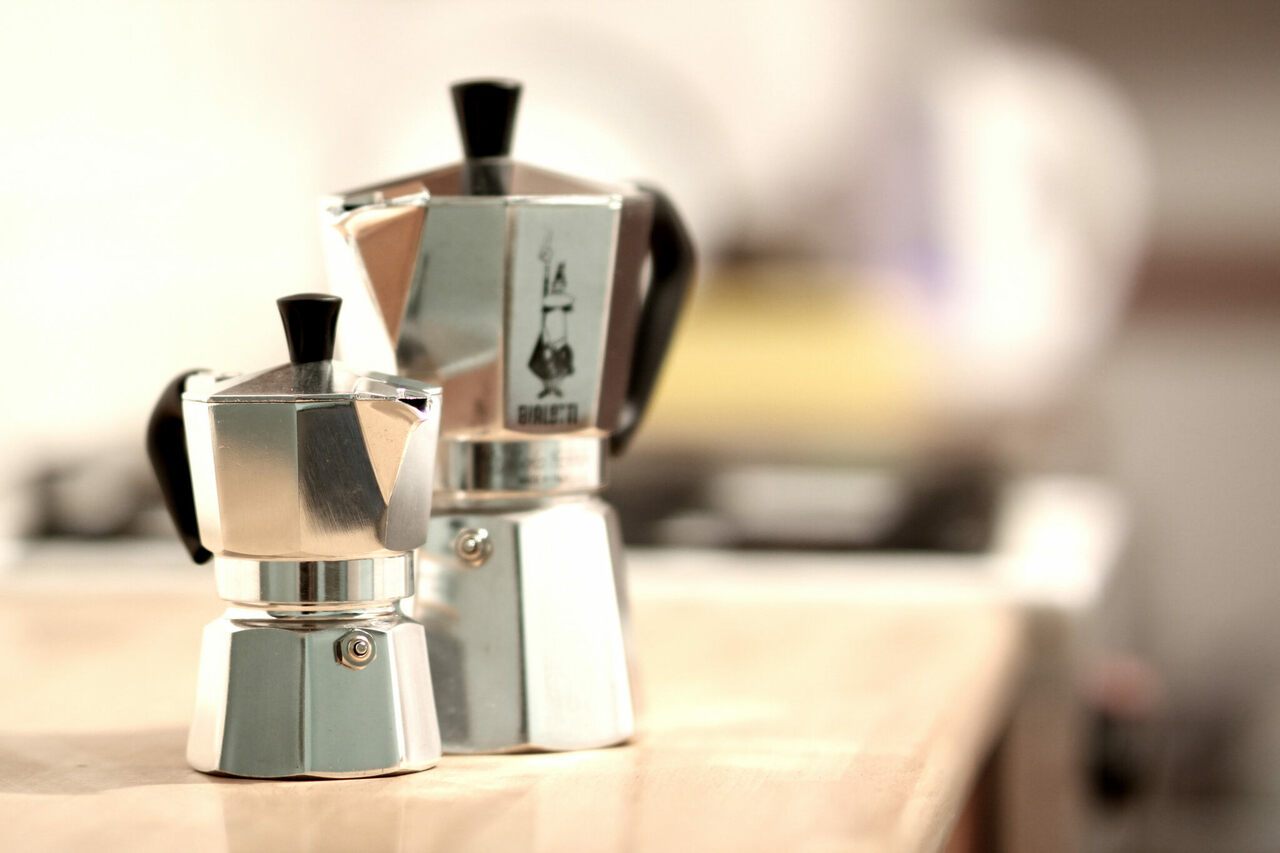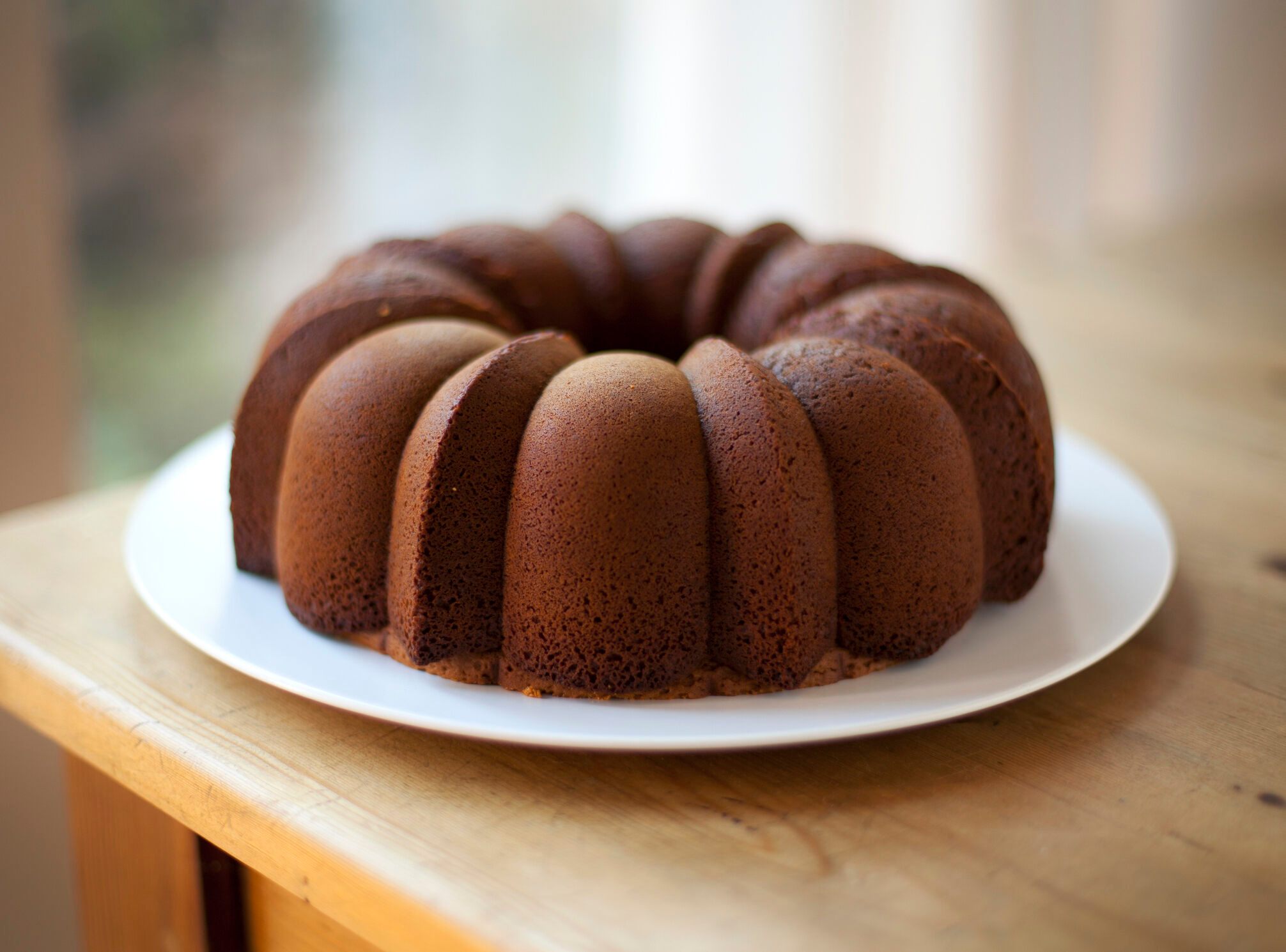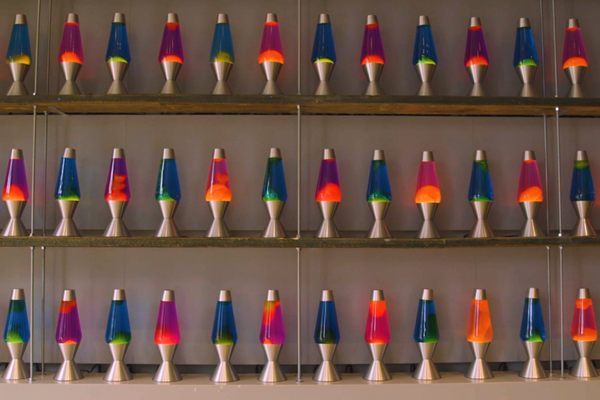The Secret Lives of Kitchen Appliances
Before your favorite tools, cooking was hell.
THIS ARTICLE IS ADAPTED FROM THE JANUARY 8, 2022, EDITION OF GASTRO OBSCURA’S FAVORITE THINGS NEWSLETTER. YOU CAN SIGN UP HERE.
On my countertop, an unassuming white toaster sits next to a fiery red stand mixer. In the drawers below are a giant cleaver and a dinky, battery-powered milk frother. In the bottom cabinet, my great-grandmother’s Dutch oven, which she used to make goulash during the Great Depression. There’s also a Bundt pan shaped like an octopus.
Your kitchen probably holds a wild variety of tools, too. Some are used every day, some gather dust. Some are brand new and colorful, some were carefully handed down over generations. We forget, sometimes, that kitchens are workshops, that cooking is a craft that requires tools.

Cooking can be a chore, but often, it’s pretty fun. I doubt I’d be saying that if I had to mash together a smoothie with my hands. In fact, prior to many of the inventions we use every day, home cooking was awful: tending fires, pounding spices and herbs, and all kinds of kneading, stirring, and chopping. And all too often, it could be deadly.
Plenty of us buy kitchen gadgets of questionable utility, or clog our countertops with trendy appliances that aren’t strictly necessary.
It’s easy to forget, though, that our kitchen fixtures collectively transformed home cooking. My rice cooker turns off, every time, at just the right time, replacing an hour of anxious stove-watching with the push of a single button. My blender crushes fruit as easily as it smashes ice into particulate, something I never could have accomplished with a mortar and pestle.
Many appliances, when first introduced, were engineering or design triumphs that solved pernicious problems. All together, they transformed what was for millennia a dirty, dangerous burden into a much simpler task and, sometimes, a joy.
Kitchen Transformation

In one of my favorite books, The Modern Kitchen: Objects That Changed the Way We Cook, Eat and Live, British food writer Tim Hayward delves into the surprising pasts of kitchen tools both familiar and obscure. I asked him why we own so many culinary gadgets and if we really need them. This interview has been condensed and lightly edited for clarity.
Q: How did you get so interested in kitchen gadgetry?
TH: I wrote a book a while back about knives, and it just became obvious to roll on to everything else in the kitchen. I think I started off when I realized that what we in England call a hard-boiled egg slicer, everybody else in the world thinks is for cutting mushrooms.
I particularly love when you’re researching these things. People get really enthusiastic. So the otherwise quite sensible guys in pubs would suddenly go off about their mother’s potato masher.
Q: I think that working in a kitchen used to be very hot and dirty work.
TH: Oh, gosh yes. My grandmother remembered, when she was a child, having to black the [stove] grate with lead paste. That was an important part of how they operated. When somebody came around and gave her an electric stove, she thought it was marvelous. It was clean, and she had worried that gas would be explosive and dangerous.
I’ve got female friends who work as food historians, and they are immensely exercised by the number of women who actually died in kitchens. If you’ve got 14 layers of muslin petticoat and you’re cooking over boiling, red-hot charcoal, sooner or later, one meets the other and you go up in a puff of smoke.
Q: Oh my gosh.
TH: Enormous numbers of professional cooks, both male and female, died during the Victorian era because they moved cooking indoors. They used nice, clean charcoal—as they believed it to be. And the carbon monoxide poisoning built up, and they died horribly. So there was a lot of stuff to be gotten away from.
Q: Is there a kitchen device you can’t live without?
TH: If I’m really honest about modern gadgets, the one device that has completely changed my life is something called a Control Freak, which is a quite expensive, specialized induction ring. It’s got a contact thermometer so I can control the temperature of the pan to a tenth of a degree. So I now know that an omelet in my favorite old steel omelette pan sets perfectly at 107 degrees.
If we were having this conversation 50 years ago, you and I would be talking about where to get the best French copper pans, because our model for good cooking would be based on France, based on classic history and tradition. I think it’s become a lot more science-based now.
Go Go Gadget
Much like Hayward, I’m obsessed with tools that have changed the way we cook. I’m talking about the tech that lets us proudly pour out a cup of café-worthy coffee in the morning, or a pot of rice that beeps to let us know it’s done.
Much of the heavy lifting, careful monitoring, and inherent danger of working with heat and sharp edges has been taken out of cooking by technological ingenuity. Here are four devices that inventors developed to sidestep big culinary problems.
Moka Pot

“The moka pot is a symbol of Italy: of postwar ingenuity and global culinary dominance,” writes Dan Nosowitz. Specifically, he’s referring to the Bialetti moka pot, which took inspiration from cumbersome, expensive coffee-brewing machines and shrunk them down into a lightweight aluminum device that anyone could buy and use, democratizing the pursuit of a perfect cup.
Read more>>
Rice Cooker

For centuries, Japanese women labored over hot wood-fired stoves to keep their households supplied with cooked rice. After World War II, one ingenious Japanese husband-and-wife team went through hell to create a machine that automatically produces non-soggy, non-burnt grains. Their success sparked a war amongst all of Japan’s tech firms, including Sony, to see who could market and sell as many of these wonder devices as possible.
One wrinkle, though, is that rice cookers did not reduce the total amount of time that Japanese women spent doing housework. Instead, they took on more chores. The same has held true in kitchens worldwide: These devices save us time, but we spend that time on more work, not leisure.
Bundt Pan

Bundt pans have an incredible story. A group of Jewish women in Minnesota wanted a lighter version of their traditional but heavy German cake pans, and asked a local company, Nordic Ware, to design one. The result, the Bundt pan, became one of the most popular baking pans in the country.
Making the pans out of light, modern aluminum did make things easier on bakers, and the hole in the middle meant they’d stand tall while baking all the way through. But the real appeal of Bundts, I believe, was how they made elegant-looking cakes accessible to anyone with an oven. With a Bundt pan, average and even mediocre bakers could just mix ingredients and put the pan in the oven. An hour later, they’d have a great-looking dessert.
Turnspit Dog

If you have this “appliance,” I’m calling the Humane Society on you. Europeans once bred and trained small dogs to turn spits in order to evenly roast meat, saving a human from having to stand and crank away in a hot, badly ventilated space. These poor dogs had a hard time of it. But this is why technology proved such a boon to cooking: Whether beating egg whites by hand or turning a spit, making meals once called for a lot more elbow grease.
Read more>>
Gastro Obscura covers the world’s most wondrous food and drink.
Sign up for our regular newsletter.





































Follow us on Twitter to get the latest on the world's hidden wonders.
Like us on Facebook to get the latest on the world's hidden wonders.
Follow us on Twitter Like us on Facebook